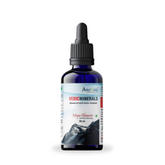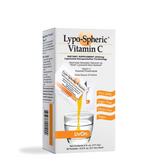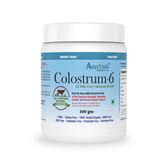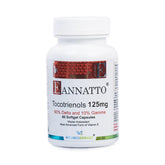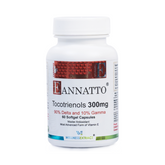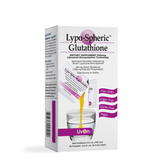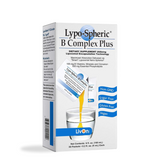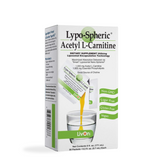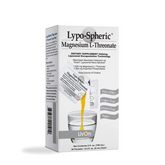WHY IS TOCOTRIENOL BETTER THAN TOCOPHEROL?
Estimated Reading Time: 2 minutes
WHAT IS TOCOTRIENOL?
Vitamin E exists in two analogous forms: Tocotrienol and Tocopherol, with four subforms (Alpha, Beta, Gamma & Delta) of each. Tocotrienol is an underrated but more potent form that is very rarely available in natural storehouses. It is among the best antioxidants known to date and is known to possess outstanding natural anti-cancer properties. It has the extraordinary capability of neutralizing unstable free radicals which are present near the cell walls.

SOURCES
Tocotrienol is rarely available through regular diets. It is not prepared synthetically and is extracted from natural sources such as annatto beans, palm oil, wheat germ, oats, barley, rye, rice bran, coconut, cocoa, grapefruit seed oil, hazelnuts, olive oil, maize, buckthorn berry, flaxseed oil, rye, sunflower oil, and poppy seed oil.
Tocopherol is the commonly available form of vitamin E in drugstores, either alone or in multivitamin preparations. It can be prepared synthetically and is naturally found in palm oil, rice bran, safflower oil, wheat germ, soybean oil, peanut oil, and cocoa butter. Due to its abundant availability, it is widely used in the cosmetic industry for making skin-soothing soaps, make-up products, face creams, and hair care products.
Since tocopherol is present abundantly in our diets, its supplementation is often unnecessary. In contrast, tocotrienol is not easily obtained from our diet, making its supplementation necessary.
STRUCTURAL DIFFERENCE IN BOTH THE COMPOUNDS
Tocotrienol molecules have shorter tails and lower molecular weight than Tocopherol molecules, making them more mobile and better at binding to damaging free radicals. This structural advantage allows tocotrienol molecules to cover more tissue area. Tocopherol molecules have long tails with single bonds, which limits their biological functionality. In contrast, tocotrienol molecules have shorter tails with three double bonds, adding greater functional efficiency. Thus, tocotrienols have antioxidant capabilities that are 50 times better than tocopherols and have superior bioavailability to tissues.
TOCOTRIENOL CHARACTERISTICS THAT ARE NOT SHOWN BY TOCOPHEROL
- Due to differences in molecular structures, tocotrienol can move faster and reach closer to the cell wall, preventing free radical attacks on cells more effectively than tocopherol. Tocotrienol molecules can cover more tissue area because of their higher speed and lower molecular weight.
- Tocotrienol molecules penetrate tissues with saturated fatty acid layers, such as the brain and liver, more efficiently than tocopherol, due to the presence of an unsaturated side chain.
- Studies suggest tocotrienols, in nanomolar concentrations, have a unique capability to prevent nerve cell damage by altering specific mediator activities responsible for cell death, making it a neuroprotective agent.
- Tocotrienols may help prevent life-threatening strokes.
- By suppressing the activity of the liver enzyme HMG-CoA Reductase, which helps in cholesterol synthesis, tocotrienol promotes cardiovascular health. Unlike tocopherol, tocotrienol can lower blood cholesterol levels even in small doses and help clean accumulated cholesterol plaques from arteries. While tocopherol can prevent plaque formation, it does not effectively remove existing plaques due to its different molecular structure.
- Some studies suggest tocotrienols show higher suppressive action against breast cancer growth compared to tocopherols.
- While no deficiencies for tocotrienol have been established, it may help alleviate tocopherol deficiencies that can cause central nervous system diseases, neuromuscular dysfunction, premature aging, acne, poor fertility, and repeated miscarriages.
WHY SHOULD TOCOTRIENOL SUPPLEMENTS NOT BE TAKEN WITH TOCOPHEROL SUPPLEMENTS?
Tocopherol molecules can interfere with the therapeutic functions of tocotrienol in the body. Therefore, one should avoid taking tocopherol supplements while using pure tocotrienol preparations. Supplements like Eannatto 125mg, Eannatto 300 mg, or Eannatto 400 mg contain 100% tocotrienols (annatto-sourced) and can provide maximum health benefits without interference from tocopherol.
REFERENCES
- https://www.ncbi.nlm.nih.gov/pmc/articles/PMC1790869/
- https://www.fitday.com/fitness-articles/nutrition/healthy-eating/the-difference-between-tocopherol-and-tocotrienol.html
- https://barrietan.com/

